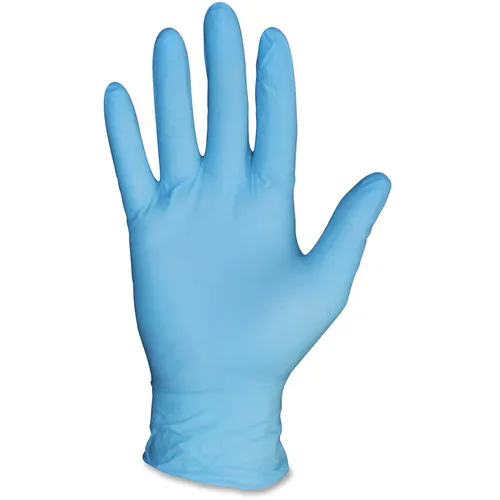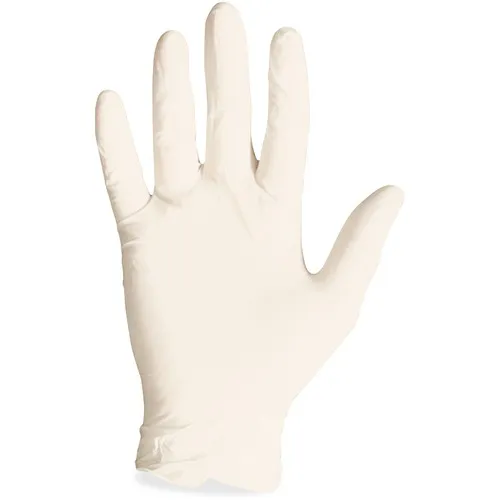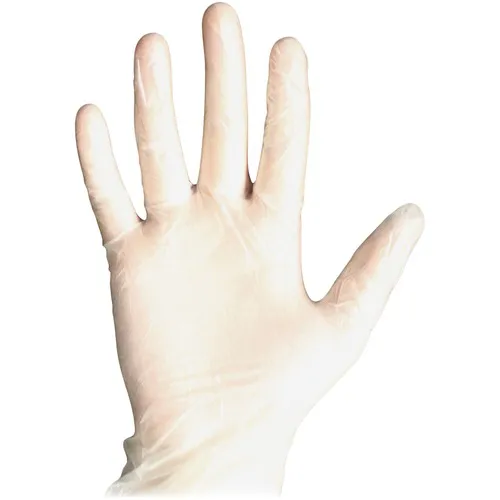
Gloves help keep us safer by eliminating cross contamination and by preventing hand damage, whether we are working in healthcare, food service, industrial settings, or offices. In many cases, their use is regulated either by OSHA or the FDA.
Exam Glove Selections
Disposable gloves play a crucial role in maintaining hygiene standards within healthcare settings, safeguarding both healthcare professionals and patients against potential microbial threats. Moreover, they establish a standard of cleanliness and care within the industry. However, it’s important to recognize that not all disposable gloves are equal.
Various materials and design features determine the suitability of gloves for specific medical environments. Selecting the appropriate type is paramount to avoid resource wastage and minimize the risk of punctures, tears, or rips. Generally, disposable gloves are crafted from one of three materials: nitrile, latex, or vinyl.
Nitrile Gloves
In the 1990s, nitrile gloves emerged as a prominent alternative to latex. While they lack the elasticity and flexibility of latex gloves, disposable nitrile gloves boast superior durability and chemical resistance. This makes them an optimal choice for handling potentially hazardous substances, including corrosive chemicals. Moreover, they are well-suited for medical settings due to their exceptional puncture resistance and absence of latex allergy risks.
• Synthetic polymer.
• Excellence resistance to chemicals.
• Approximately 3 times the puncture resistance of latex or vinyl.
• Available in blue or black.
• Darker colors hide stains.
Latex Gloves
For decades, latex has reigned supreme in the realm of medical disposable gloves. Darwin Brown highlighted in Physician Assistant that during the 1980s and 1990s, latex gloves were the recommended protection against bloodborne pathogens such as HIV. However, as their popularity soared, so did incidents of allergic reactions. This prompted a surge in demand for latex-free alternatives like nitrile and vinyl gloves. Nevertheless, for individuals without latex allergies, latex gloves remain a comfortable, cost-effective option that offers excellent touch sensitivity.
Characterized by flexibility, protection, and comfort, disposable latex gloves are well-suited for various medical settings, provided latex allergies are not a concern.
• Natural rubber. Provides optimal barrier against biological contaminants.
• Best stretch and flexing ability for added comfort and sensitivity.
• Less than 1% of users may experience serious allergic reactions.
• Excellent replacement for nitrile
• Typically white in color.
Vinyl Gloves
Vinyl gloves, crafted from PVC, a petroleum-derived film, are favored for their cost-effectiveness in production. However, they fall short in durability compared to latex and nitrile alternatives, providing only limited defense against chemical or biomedical exposure. When stretched or flexed, vinyl gloves suffer from molecular separation, compromising their protective barrier integrity. Moreover, concerns about their environmental footprint have been highlighted by Health & Safety International.
Given their economical nature and modest protective capabilities, vinyl gloves find widespread usage in non-hazardous and low-infection settings.
• Thin synthetic thermoplastic polymer.
• Less expensive than latex and nitrile.
• Often used in non-medical applications.
• Typically semi-transparent.
Non-Medical Use Gloves
Polyethylene Gloves
• Synthetic.
• Least expensive option.
• Typically used in food service applications.
• Usually transparent.
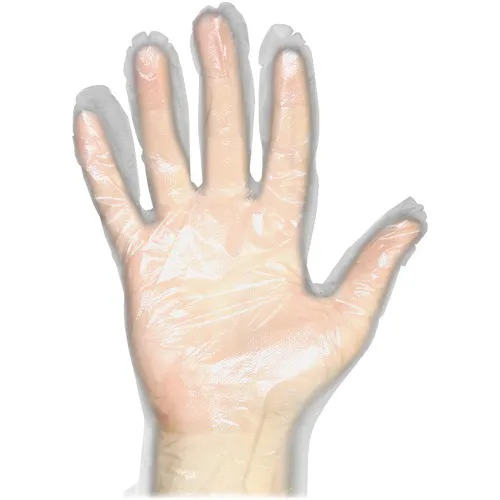
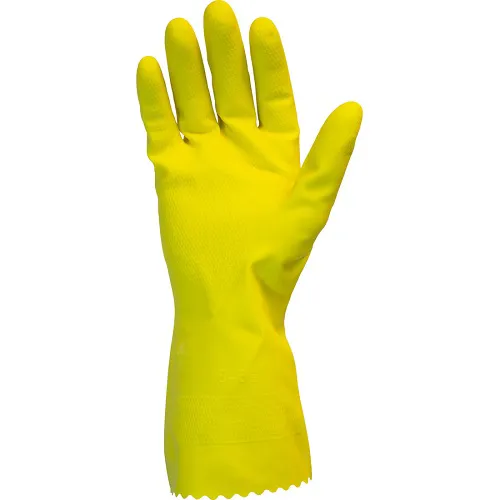
Cleaning Gloves
• Pairs come individually bagged and ready to protect your hands while cleaning
• Resists mild detergents, mild acids, alkalies, animal fats, vegetable oils and germicides
Glove Box Holders
Acrylic glove box holders accommodate most all brands and sizes. Place on a countertop or mount to wall through predrilled holes.

Glove Removal
Proper glove disposal helps ensure that no pathogens from soiled gloves contact hands.
-
With both hands gloved, peel one glove off from top to bottom and hold in the gloved hand
-
With the exposed hand, peel the second glove from the inside, tucking the first glove inside the second
-
Dispose of the entire bundle promptly
-
Remove gloves when they become contaminated, damaged, or before leaving the work area
-
Wash hands thoroughly
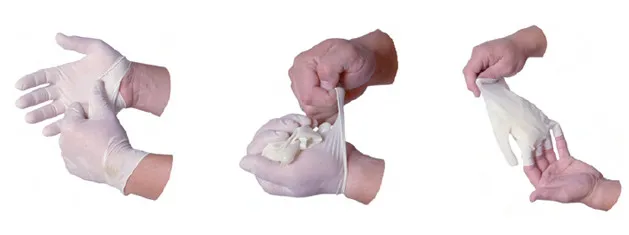
What Size Glove?
Fitting of gloves is important
-
• Gloves that are too large may be uncomfortable, hard to use and can be hazardous.
-
• Gloves that are too small may be binding and cause hand fatigue.
| Hand Size | 6.5”-7.0” | 7.0”-8.0” | 8.0”-8.9” | 9.0”-9.9” | 10.0”+ |
| Glove Size | Extra Small | Small | Medium | Large | Extra Large |

